What’s being fixed in the Sumner Tunnel? These are the key upgrades.
Here’s what you’ll see when you drive through the Sumner Tunnel after the project is complete.
Boston-area drivers are enduring a two-month closure of the Sumner Tunnel, a key artery connecting traffic from the North Shore to downtown Boston via East Boston, as a restoration effort is underway.
The shutdown is the first of two major closures, the second being scheduled for the summer of 2024. The tunnel will also be closed on some weekends through the fall of 2024. Officials have urged people to ditch their cars for the duration of the current shutdown, and the MBTA has made Blue Line trips free and taken a number of other measures to entice commuters to use public transportation.
“MassDOT’s decision to close the tunnel was not made lightly. This work on the tunnel ceiling, roadway, walls, lighting, and additional improvements will increase safety and climate resiliency. It will thoroughly modernize the tunnel’s operations and safety,” State Highway Administrator Jonathan Gulliver said in a statement.
But when the project is finally complete, what will have changed? The Globe spoke to officials at the Massachusetts Department of Transportation to learn about the key repairs to the nearly 90-year-old tunnel, which carries about 39,000 vehicles a day from East Boston, under the harbor, and into downtown.

Ceiling removal and arch installation
The first thing drivers will likely notice when they drive though the reopened tunnel in September will be the permanent removal of the existing ceiling along about 75 percent of the tunnel length, according to John McInerney, a district highway director for MassDOT. A precast concrete arch will be installed along the upper portion of the tunnel liner, adding fire protection.
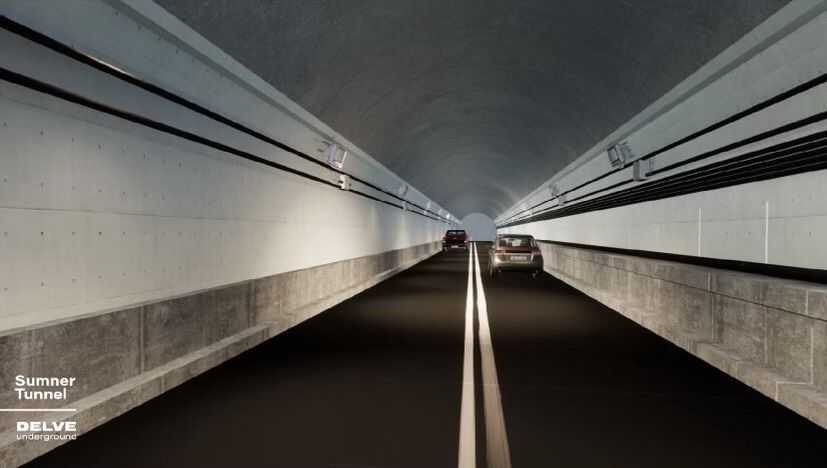
Exposed arch
With the ceiling gone, drivers will feel less confined as they pass through the tunnel, according to officials. This rendering shows what the tunnel is expected to look like when work is completed.
“The drive is going to feel more spacious because a good portion of that suspended ceiling is going to be removed,” McInerney said. “It’s just a better feeling.”
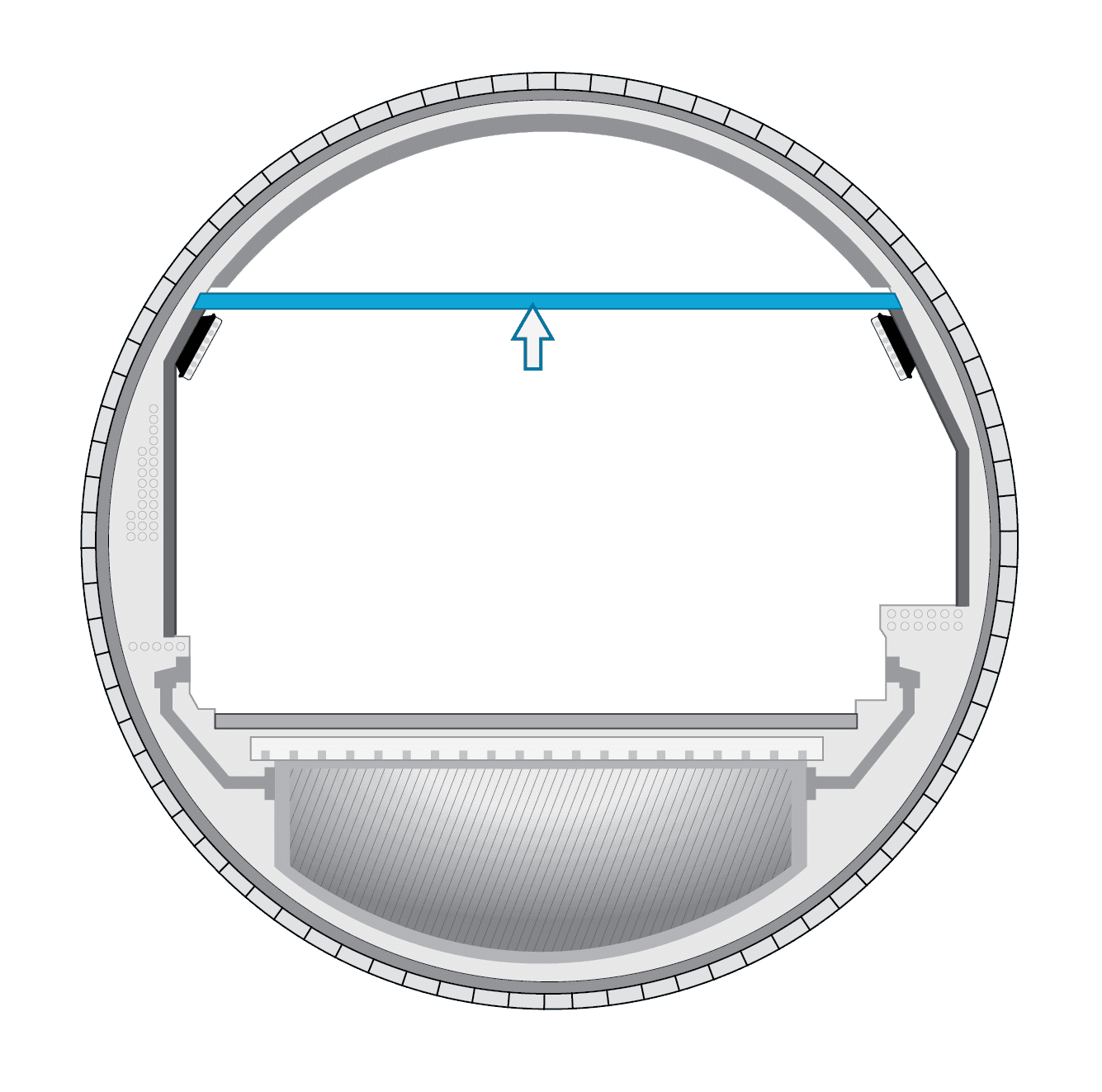
Partial ceiling replacement
About 25 percent of the tunnel will continue to have a suspended ceiling, according to McInerney. Workers will install new ceiling materials along that portion.
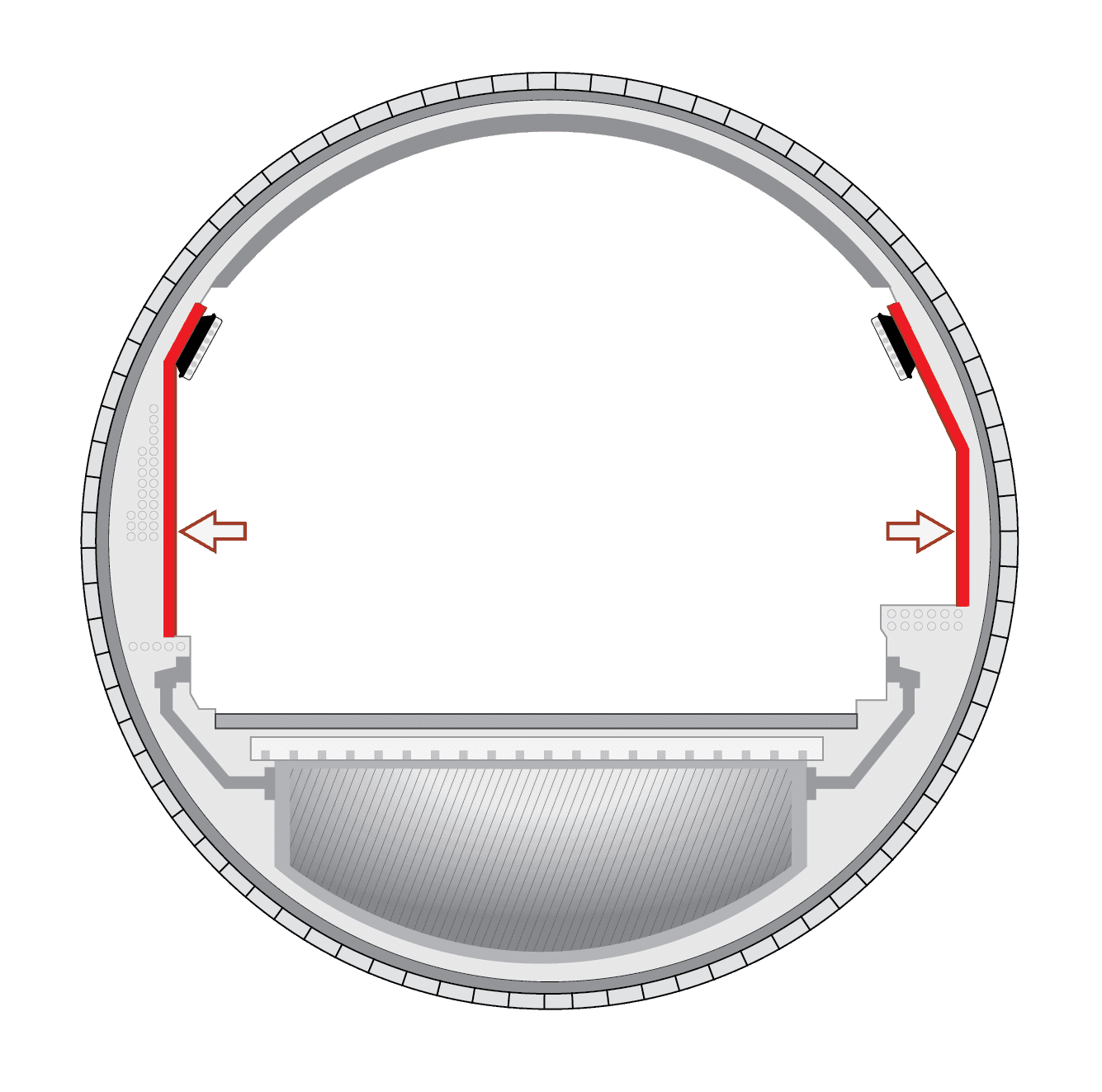
Upgraded fire protection
Workers are installing fireproof wall panels. The wall panels are one piece of a larger rehab of the tunnel’s fire protection system that also includes a new fire standpipe and updated alarm systems.
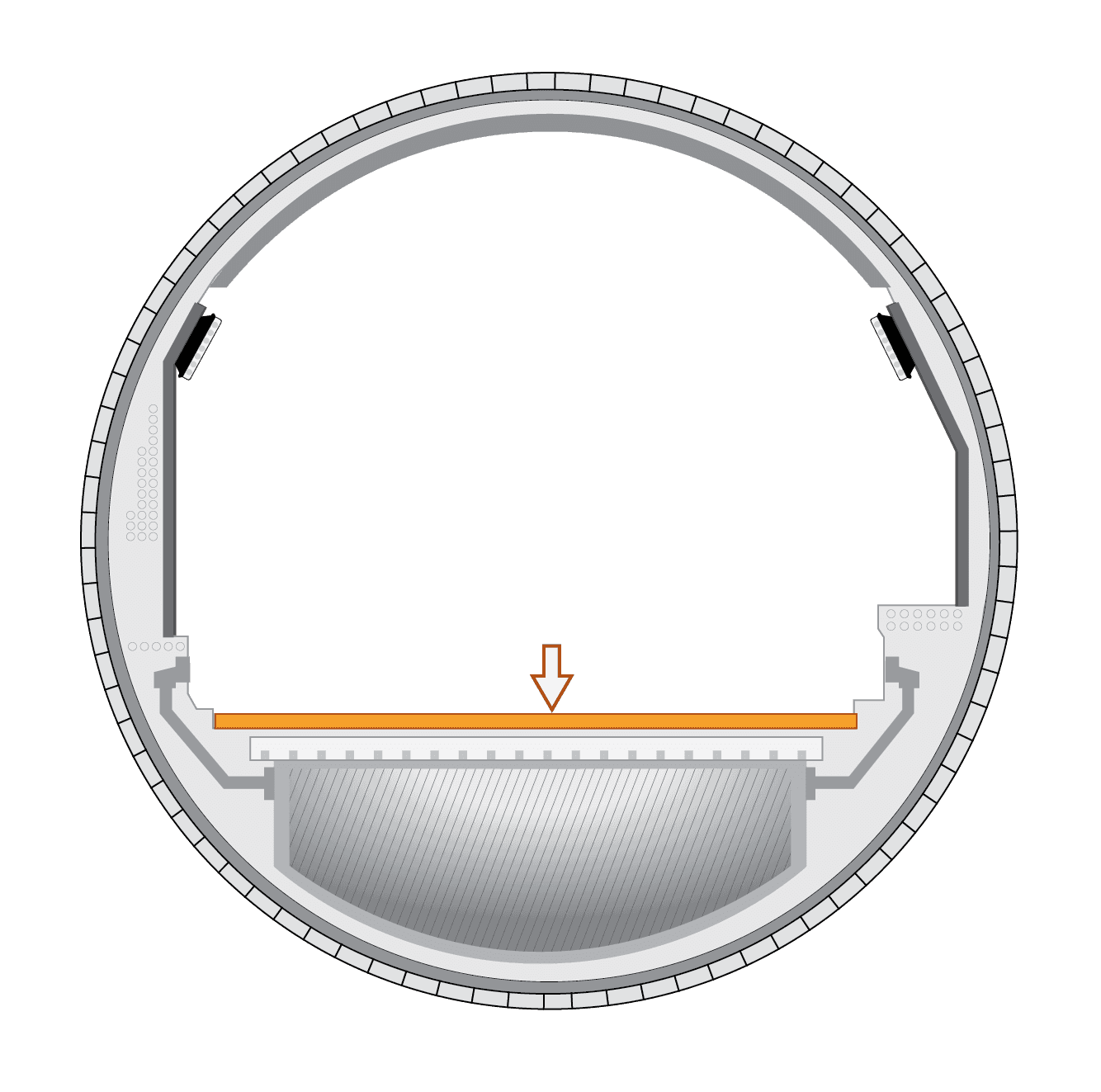
New paving
The top two inches of the existing tunnel deck (roadway) will be replaced with new concrete and asphalt. This work will be completed during next summer’s closure, according to MassDOT.

Air duct repairs
Workers will make repairs to the supply “plenum,” or air duct, below the roadway, which circulates in fresh air from outside the tunnel.
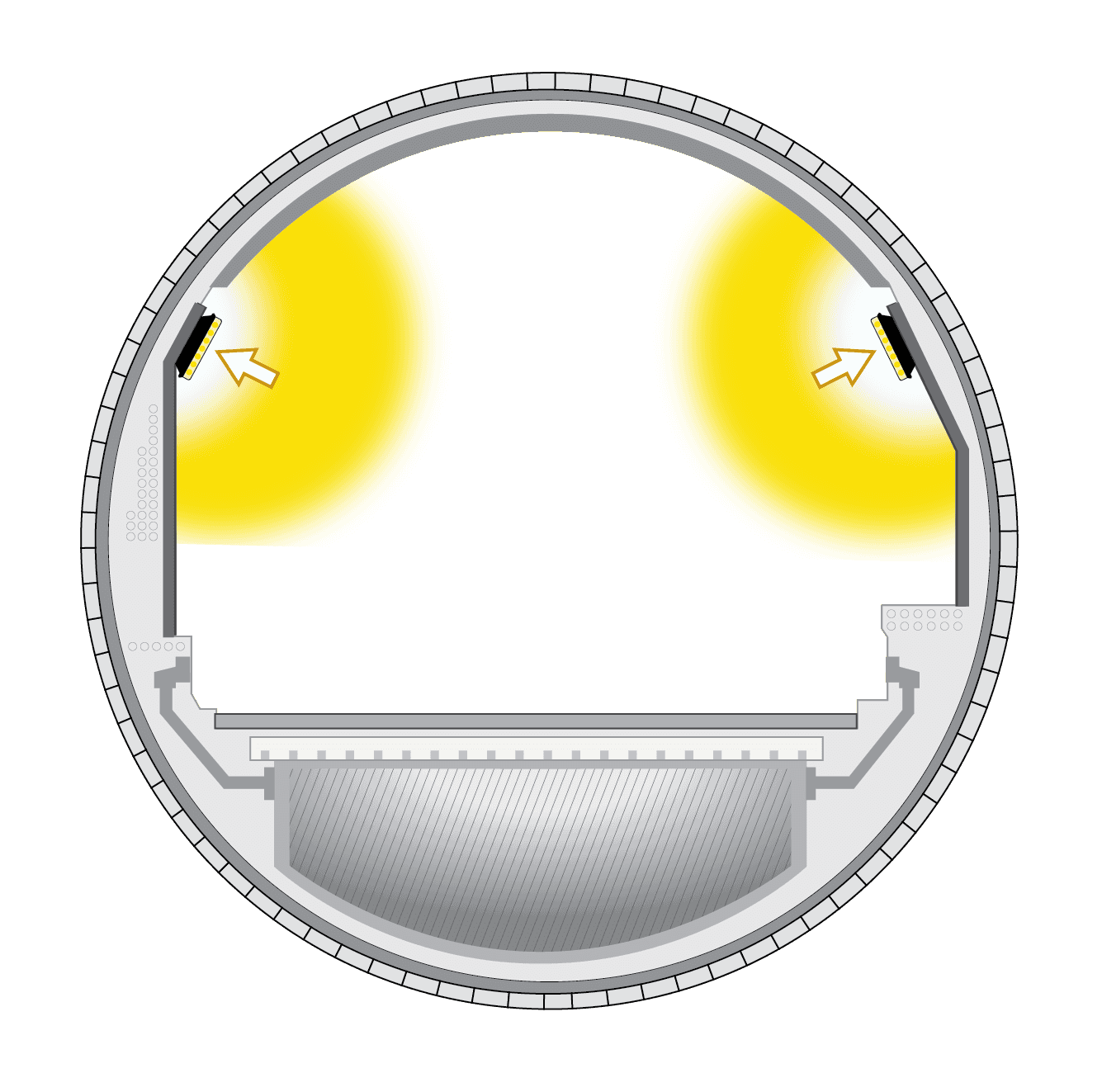
Replace lighting
Another noticeable difference for drivers once the project is completed will be new lighting throughout the tunnel.

Safety upgrades
Less noticeable, but still important, are a handful of safety improvements to the tunnel, including new security cameras, an upgrade to the computer system that monitors and controls the conditions in the tunnel, and replacement of pumps that remove rainwater from the bottom of the tunnel.
© 2023 Boston Globe Media Partners, LLC


